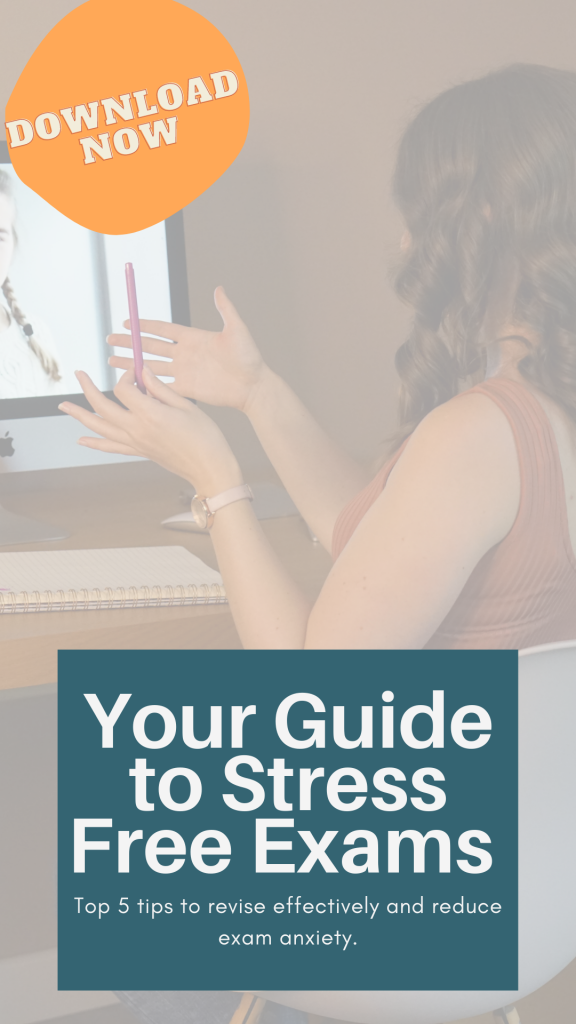Does your child dread algebra? Do you worry about teaching algebra? Fear not… we’re on a mission to ease the trepidation around the ‘unknown’…. get it. ?
In this blog we dig in to how we managed to support our Real World Maths Club students from hesitancy to “she said Algebra was her new favourite subject” or at the very least acceptance and understanding.
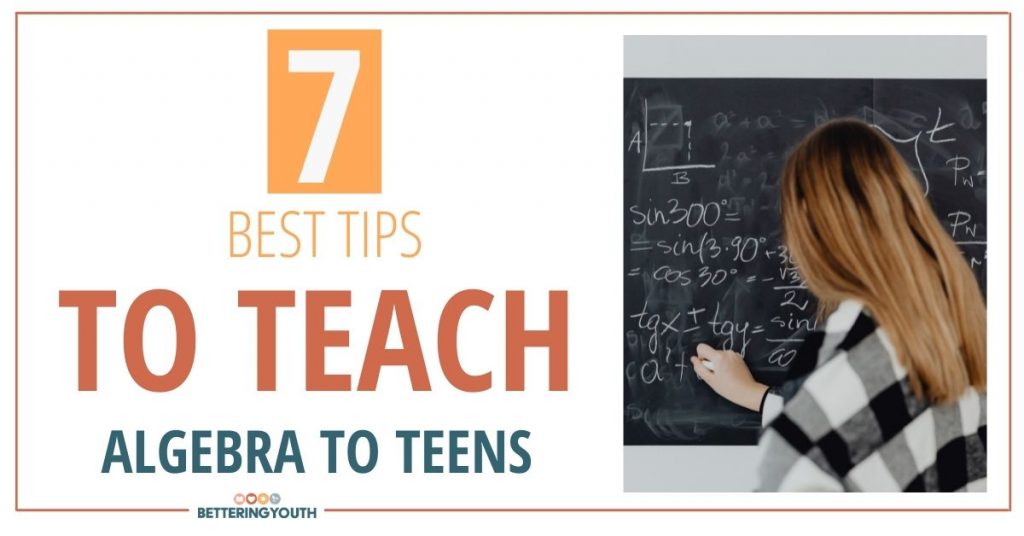
Top 7 Steps to Effectively Teaching Algebra:
For you busy doers, here are our top 7 steps on how you can support your child’s anxiety with algebra.
- one idea at a time
- concrete to abstract
- make it visual
- have art connections
- connect to real-life so it makes sense
- practice through play
- practise, practise, practise!
One Idea at a Time
As a teen I always struggled to keep things in perspective and often became overwhelmed by the new topics I didn’t know and the subjects that felt daunting.
My mom would always remind me: “We eat an elephant, one bite at a time.”
Odd, but as a metaphor it lends itself well to taking a gigantic task and breaking it into smaller, more manageable pieces.
This is my approach to teaching most concepts but Algebra especially.
First and foremost we need to get our students used to the idea of working with “unknowns” and place holders aka variables. Next, it’s important that they understand how to use the inverse to solve for a variable, and of course it’s helpful if they can write equations based on word problems.
“We eat an elephant one bite at a time…”
so break big ideas into ‘bite-sized’ chunks for optimum learning.
Teaching Algebra from Concrete to Abstract
This is a key to success in my opinion.
Teaching from concrete to abstract is also an element of the Montessori Method. The idea is that your child begins with immersing themselves in an activity that creates an experience (physical or visual or both). They can engage with and move around different parts as they build a foundation for the concept. As they increase confidence, they can move to more traditional ‘pen and paper’ style questions that use fewer manipulatives and visual aids.
When I teach algebra, I always start with problems that can use manipulatives and visual aids. It keeps things light-hearted, interesting, engaging and fun.
If I was doing an in-person tutoring session on algebra (or still teaching in the classroom), I’d have blocks or counters out to help with the physical manipulation of the material as we go through the steps. This is especially helpful for visual and kinesthetic learners.
Doing online tutoring sessions on algebra is no different. Only instead of my bringing the materials, I usually ask that students have some counters or blocks nearby. Or, if I fear those will be too distracting for a particular student, I can always prepare a slideshow that allows me to add animations to the objects on the screen. This is always a crowd-pleaser.
Regardless of how ‘primary school’ it might feel, this is effective for even our GCSE Maths clients.
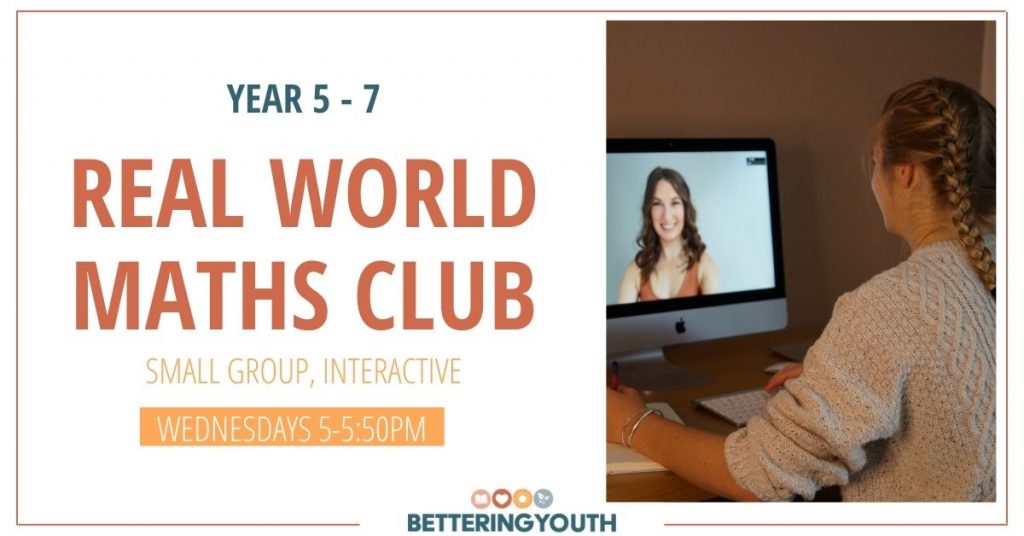
Join Our Real World Maths Club
Teaching Maths at home can feel overwhelming, especially when your child already feels hesitant. This is why we created our Real World Maths Club. Every six weeks we explore a new math subject. Our online, small group club offers children in years 5-7 interact with one another and the teacher in real time.
Make it Visual
Algebra is often intimidating because of the mixture of letters and numbers and the sheer amount of operations that can be involved in one equation.
The best way we can reduce anxiety is to make it visible.
Using Maths Walls, anchor charts, student created posters and graphics can help to ease the unknown and make it more ‘normal’.
When we increase exposure, we can allow the fear to melt away.
Have Art Connections
Algebra, especially as students get older, has plenty of links to Art. From Fibonacci numbers to creating art with line graphs.
With younger students however, we’re a bit stretched on direct connections.
This is where doing colour by number activities can be created.
Algebra Colour by Number: a set of questions beside a colour by number photo whereby all the answer “5”s are Red and all the “14”s are Yellow etc. Hint: make it a photo that can be colourful
Child-created posters are always a hit too! Encourage your child to make a poster about a concept they have learnt that they feel is particularly tricky. Whether it’s Order of Operations, Inverse, Grouping Like Terms… they’ll enjoy the arty connection and remember the concept better as they decide how to best represent it artistically.
Find more ideas for teaching algebra activities on our Pinterest Profile
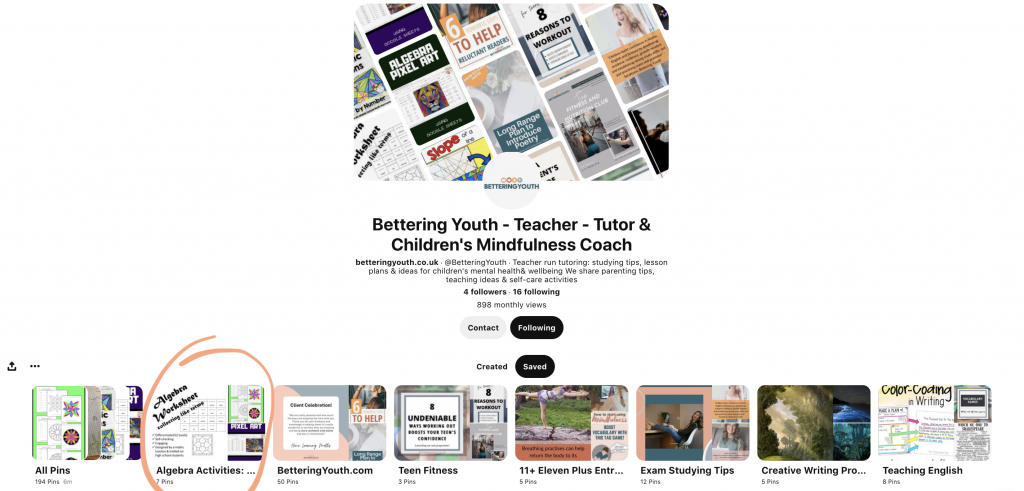
Connect Algebra to Real Life
This is what sets our Real World Math Club apart from all other online maths clubs.
We focus on building the concepts and then once the foundation is there, we connect it to the real world.
But to encourage interest and motivation to learn the topic we introduce a real world problem in the introduction as an open ended question.
This eliminates the hesitancy towards algebra and builds confidence that it is possible to apply in daily life.
Practise Through Play
Using games and play-based learning is a really powerful way of exposing children to concepts in a way that boosts confidence without it feeling intimidating.
If you have numerous children working through concepts, why not theme the entire topic as a game of ‘Survivor’. Split the group into teams where they learn and support one another. Have them work through problems together to advance as teams. Then for your informal assessment or ‘check in’ to ensure they understand, term them ‘independent challenges’.
If it’s one child that you are teaching algebra to, why not create a scavenger hunt or a carousel card activity or a crack the code like the one we did in our Real World Maths Club.
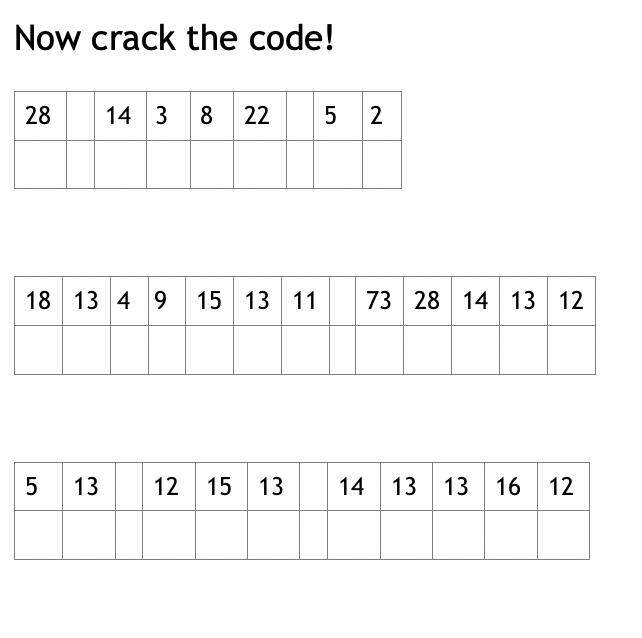
However you choose to bring play into your Algebra instruction, ensure that the concepts are fully understood to encourage confidence.
Practise, Practise, Practise!
At the end of the day, Algebra is a big topic and there are plenty of moving parts… literally!
So the best thing to do is introduce it early on, and continue to refer back to it.
Blend it in to your geometry learning, talk about it when you’re out in daily life, and discuss it at home.
Above all else, bring a ‘can do’ attitude that encourages your child.
Teaching Algebra: Conclusion
We hope that you found our 7 tips on how to teach algebra to be helpful. You may also want to check out our article on building a growth mindset.
If you’d like more support for your child in Maths, please visit our Real World Maths Club page and our Maths tutoring page for more information on how to get in touch.
If you liked this article, then please subscribe to our monthly newsletter where you can hear more tips and activities to support your home-educated child or your school-educated child in Maths, English, and Emotional Literacy.
You can also find us on Facebook and Pinterest.
Pin It for Later:
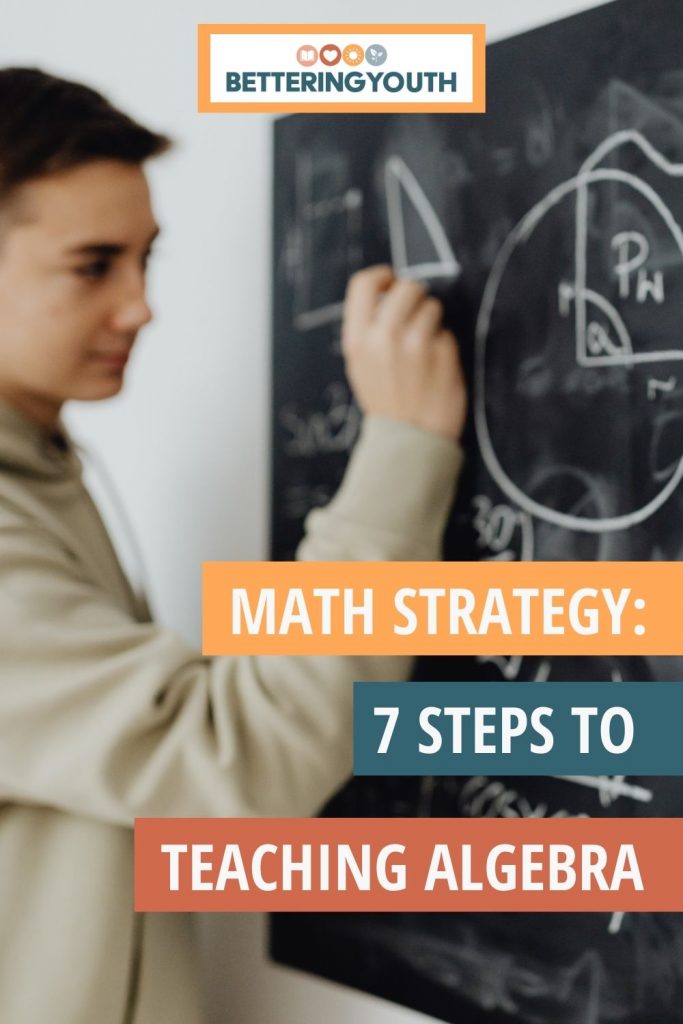

Meet our Algebra Tutor on a Mission to make it fun!
Sarahlynn is an experienced classroom teacher turned private tutor. She specialises in creating math programs for students who find Maths intimidating. Her math lessons are fun, engaging and memorable helping to boost confidence.

